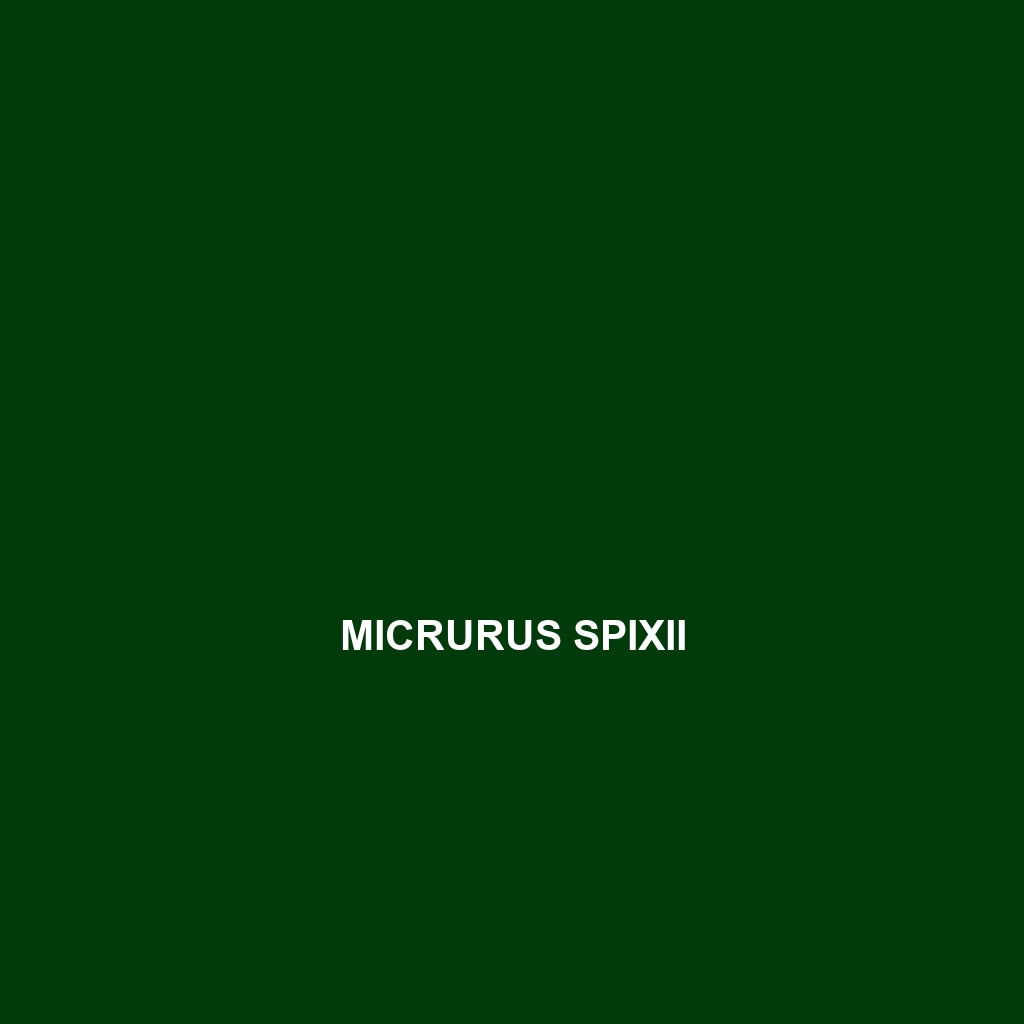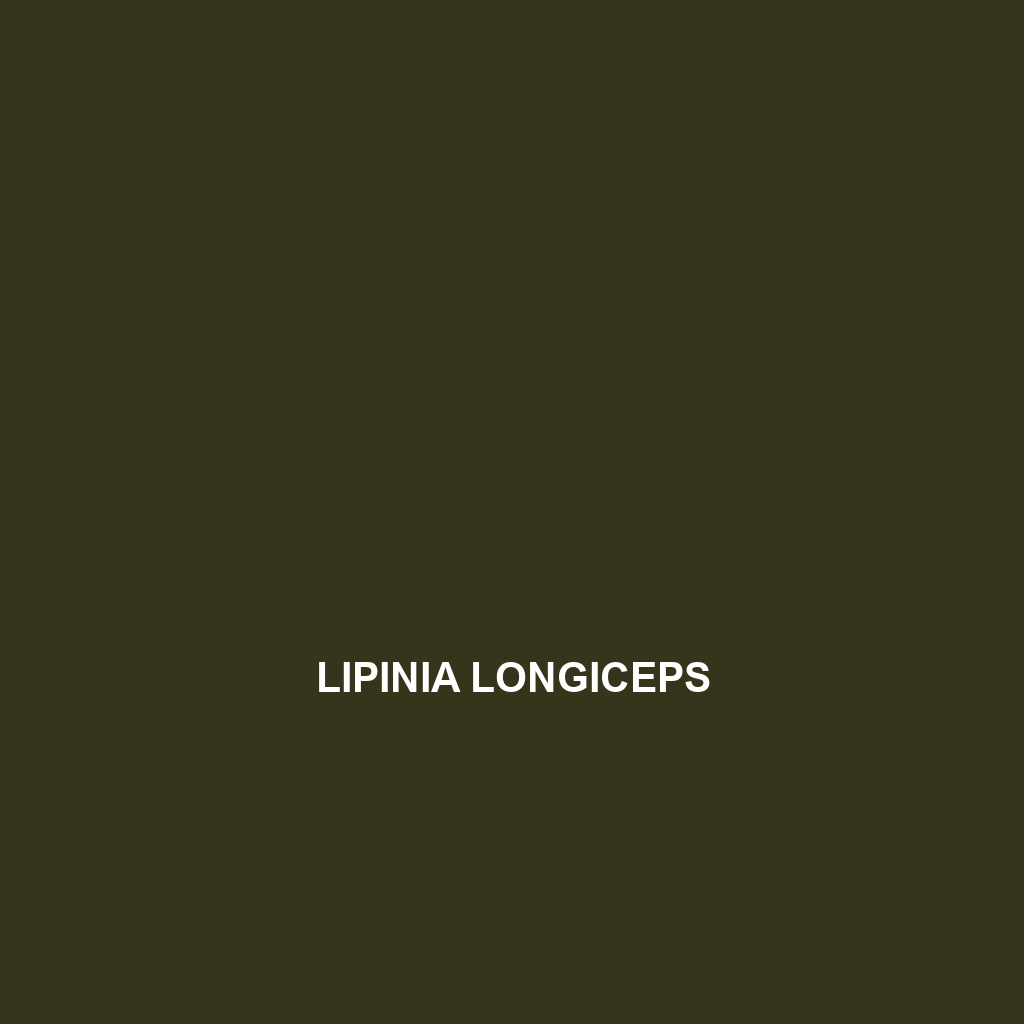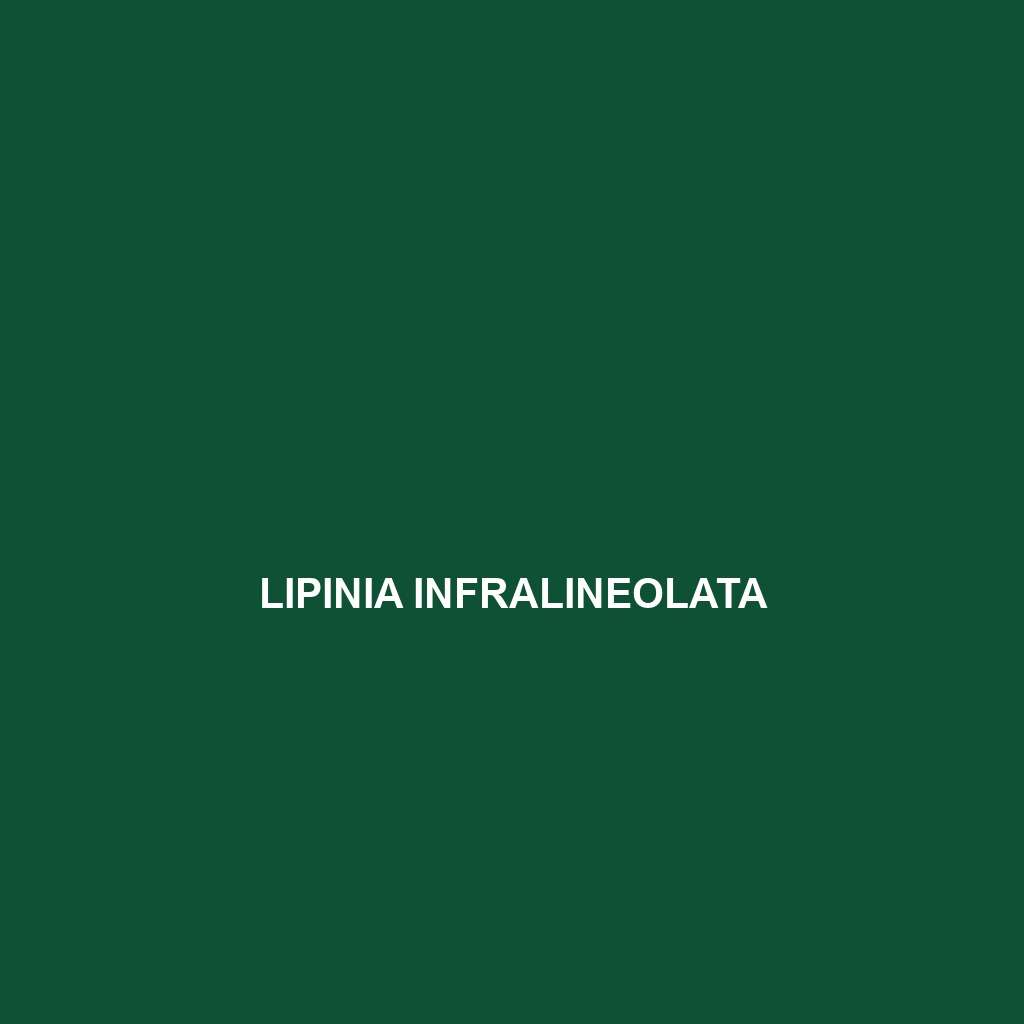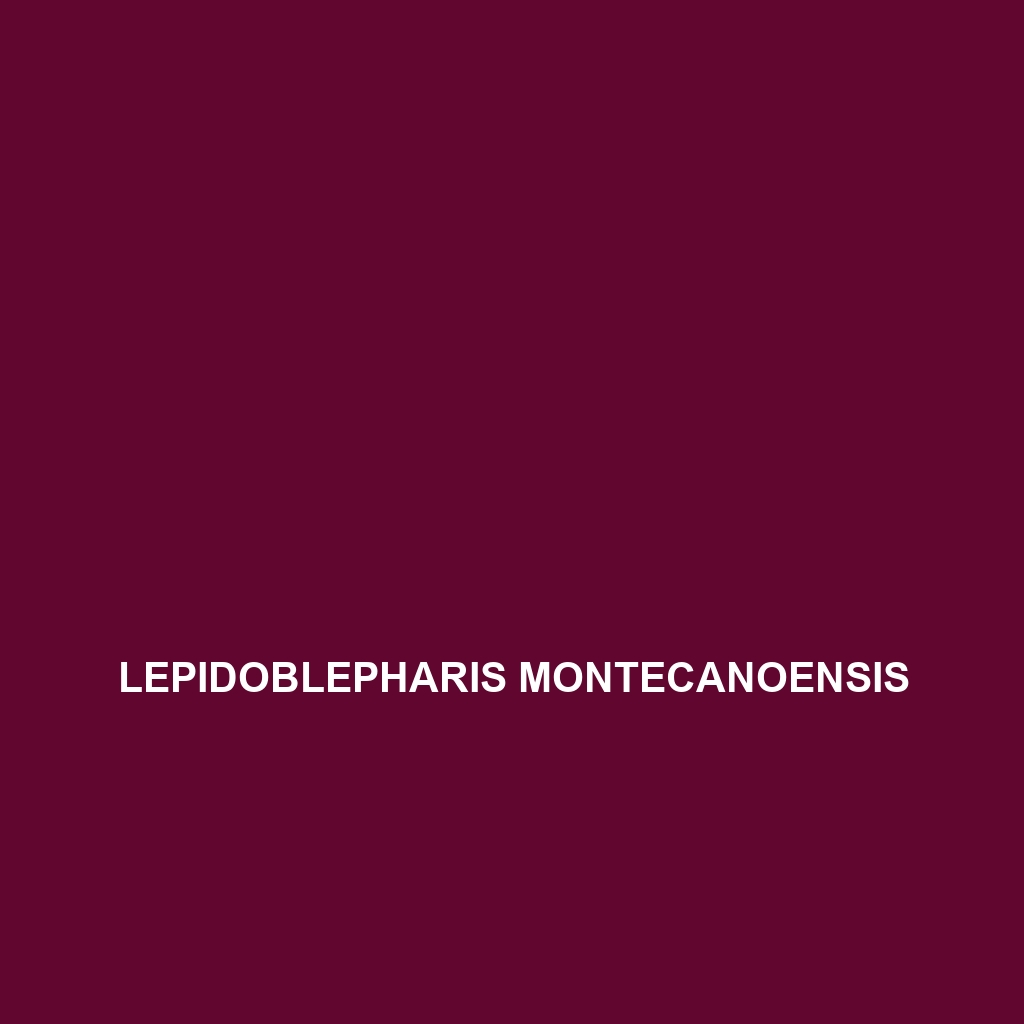Simalia clastolepis, also known as the Jungle Carpet Python, is a vibrant snake native to the rainforests of northern Queensland, Australia, reaching lengths up to 2.5 meters. With its striking yellow and black coloration, this nocturnal predator primarily feeds on birds and small mammals, playing a crucial role in maintaining ecological balance.
Tag: herpetological studies
Psammophis rukwae
<b>Psammophis rukwae</b> is a slender, diurnal snake native to eastern Africa, known for its striking yellow and light brown coloration with dark bands. Found primarily in open savannas and grasslands, this agile predator preys on small animals while playing a crucial role in maintaining ecological balance within its habitat.
Psammophis rukwae
<b>Psammophis rukwae</b> is a slender, diurnal snake native to eastern Africa, known for its striking yellow and light brown coloration with dark bands. Found primarily in open savannas and grasslands, this agile predator preys on small animals while playing a crucial role in maintaining ecological balance within its habitat.
Nannoscincus humectus
The <b>Nannoscincus humectus</b>, commonly found in the rainforests of Papua New Guinea, is a distinctive skink measuring 10-15 cm with smooth, glossy scales and large protruding eyes. Primarily nocturnal and insectivorous, it plays a crucial role in its ecosystem by regulating insect populations while adapting well to its humid habitat.
Micrurus spixii
The Micrurus spixii, or Brazilian coral snake, is a venomous serpent known for its striking red, black, and yellow coloration, typically reaching up to 1 meter in length. Found in the rainforests and savannas of eastern Brazil, this nocturnal predator plays a vital role in the ecosystem by controlling populations of small reptiles and amphibians.
Lipinia leptosoma
Discover the stunning Lipinia leptosoma, a slender insectivorous reptile native to the tropical rainforests of Southeast Asia, characterized by its vibrant green or brown coloration and iridescent scales. This nocturnal species plays a vital role in controlling insect populations and is currently classified as vulnerable due to habitat loss.
Lipinia infralineolata
<p><b>Lipinia infralineolata</b> is a slender, agile lizard native to the rainforests of Southeast Asia, known for its vibrant coloration and arboreal behavior. This insectivore plays a vital role in maintaining ecological balance while thriving in humid, organic-rich habitats.</p>
Lepidoblepharis montecanoensis
<b>Lepidoblepharis montecanoensis</b> is a small, agile lizard native to the cloud forests of the Andes, known for its remarkable color-changing ability and specialized toe pads that enhance its climbing skills. This insectivorous species plays a crucial role in its ecosystem by helping regulate insect populations while facing threats from habitat destruction and climate change.
Hemiphyllodactylus kiziriani
Hemiphyllodactylus kiziriani, also known as the Kizirian gecko, is a slender, nocturnal insectivore native to Southeast Asia’s tropical rainforests, characterized by its vibrant coloration, specialized toe pads for climbing, and remarkable camouflage abilities. This resilient species plays a crucial role in its ecosystem by controlling insect populations and serving as prey for larger animals.
Epacrophis boulengeri
<b>Epacrophis boulengeri</b>, commonly known as Boulenger's ground snake, is a slender, nocturnal predator native to the rainforests of Central Africa, reaching lengths of up to 1.2 meters. This species plays a crucial role in its ecosystem by controlling small vertebrate populations while adapting its hunting strategies to thrive in humid tropical climates.









